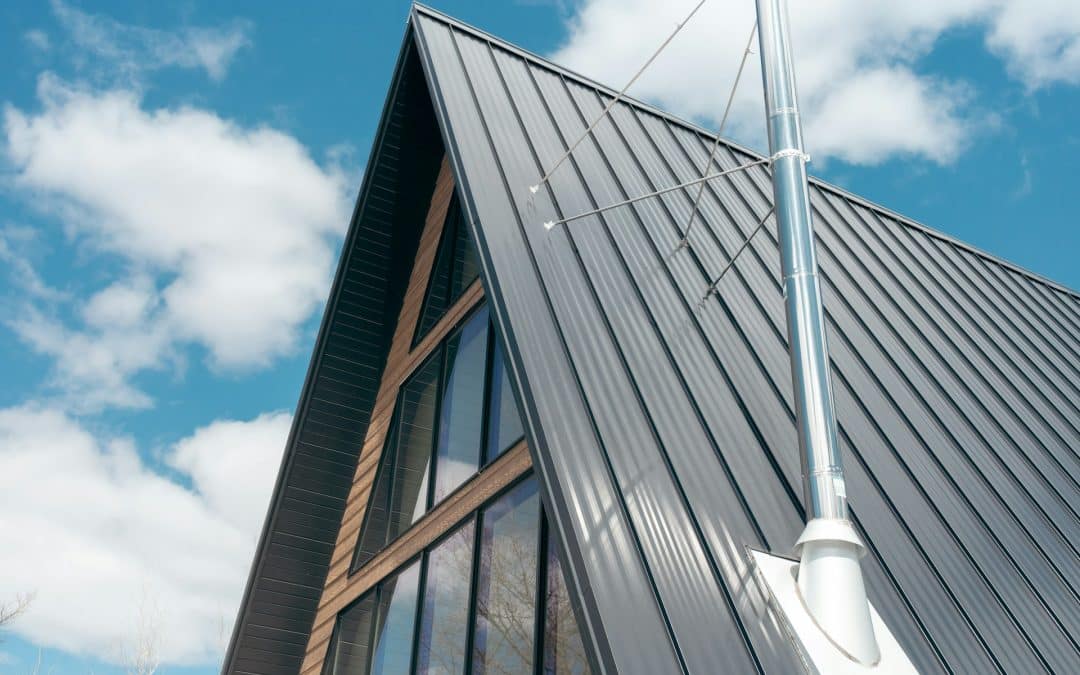Metal roofs are known for their strength and durability, making them a popular choice for many commercial buildings. They can withstand a lot of wear and tear while providing a sleek and modern look. But even the toughest roofs need protection from harsh weather. Weatherproofing is an important step to ensure your metal roof lasts as long as possible.
Weather can vary greatly depending on where you live. Heavy rain, snow, wind, and hail all pose risks to metal roofs. Without proper weatherproofing, these elements can cause damage that leads to leaks or rust over time. Taking steps to protect your roof against these conditions helps maintain its integrity and longevity.
By weatherproofing your metal roof, you address potential vulnerabilities before they become costly issues. This involves adding protective layers and treatments that shield your roof from rain, wind, and temperature changes.
A well-maintained roof not only functions better but also enhances the overall value of your property. Explore some tried-and-true strategies for safeguarding your metal roof from the elements.
Understanding Metal Roofs and Weatherproofing
Metal roofs are a popular choice for many building owners because of their sturdiness and long lifespan. Made from materials like steel, aluminum, or copper, these roofs are engineered to withstand various weather conditions. They are not only fire-resistant but also lightweight, which helps reduce structural stress on buildings. This makes metal roofs a smart choice for commercial properties that need to balance durability with structural integrity.
The importance of weatherproofing becomes apparent when you consider the elements that roofs must resist. Weatherproofing plays a critical role in preventing leaks and damage caused by environmental factors.
Each climate has unique challenges, from heavy snow in colder regions to intense sun rays in warmer climates. Weatherproofing ensures that your metal roof can handle these extremes without compromising its condition. By adding protective layers and addressing possible weak points, you can keep your roof performing optimally across different climates.
Common Weather Challenges for Metal Roofs
Metal roofs must face various weather elements that can create wear and tear over time. Rain and snow are two common culprits. Constant exposure to rain can lead to rust and corrosion, particularly if the roof lacks adequate protection. Snow, on the other hand, can pile up and cause stress due to its weight, potentially leading to structural issues if the roof is not designed to handle heavy snowfall.
Wind is another challenge for metal roofs. Strong winds can lift panels or loosen fasteners, leading to gaps and leaks. Hail presents additional risks, with the potential to dent metal surfaces and damage protective coatings. This can expose the underlying material to moisture, accelerating wear and promoting rust.
To manage these challenges effectively, regular inspections and maintenance are important. Catching minor issues before they escalate helps preserve the roof’s integrity. Consider these strategies:
- Install wind braces or components to secure panels.
- Apply or maintain protective coatings to resist moisture.
- Conduct regular visual checks after storms to identify any immediate concerns.
By understanding the common weather threats and taking preventive actions, you can maintain your metal roof’s durability and functionality for years to come.
Effective Weatherproofing Techniques
Proper weatherproofing is key to keeping your metal roof in great shape. A good start is sealing and insulating your roof. This involves using high-quality sealants to close any gaps where water might sneak in. Insulation helps maintain your building’s temperature, which is important for reducing energy costs. Together, these methods prevent moisture from causing rust and damage.
Another important technique is applying coatings and treatments. There are special coatings available that protect against the harsh effects of UV rays and moisture. These coatings can enhance the roof’s ability to reflect heat, which also helps with cooling in the summer. Regular maintenance of these treatments ensures that your roof remains resilient against various weather challenges.
Here’s a quick list of steps you can take to ensure effective weatherproofing:
- Apply sealants around seams and fasteners to prevent leaks.
- Consider thermal insulation to maintain energy efficiency.
- Use reflective coatings that shield against UV damage.
Long-Term Benefits of Weatherproofing
Weatherproofing your metal roof comes with many long-term benefits. Enhanced durability and performance mean your roof will last much longer without needing major repairs. This is especially crucial for commercial buildings where minimizing downtime and repair costs is important.
Another significant benefit is cost-effectiveness and energy savings. While weatherproofing requires an initial investment, it pays off by reducing maintenance expenses and energy bills. A well-insulated and sealed roof keeps your building cooler in the summer and warmer in the winter, leading to noticeable savings on energy costs.
Moreover, a well-maintained roof contributes to your property’s overall value. Protecting your investment with proper weatherproofing measures ensures that your building remains in top condition and retains its curb appeal. This can lead to better resale value if you ever decide to sell.
Conclusion
Maintaining a metal roof is all about taking proactive steps to protect it from weather damage. By choosing the right weatherproofing techniques, you ensure that your roof stays strong and efficient for many years. Whether it’s through sealing, insulating, or using advanced coatings, each method contributes to a robust defense against the elements.
Mike Huddleston Roofing Systems is ready to help you weatherproof your metal roofing, ensuring it stands the test of time. Reach out to us today for expert advice and services that keep your commercial property protected and energy-efficient. Let’s work together to maximize your roof’s performance and longevity.

